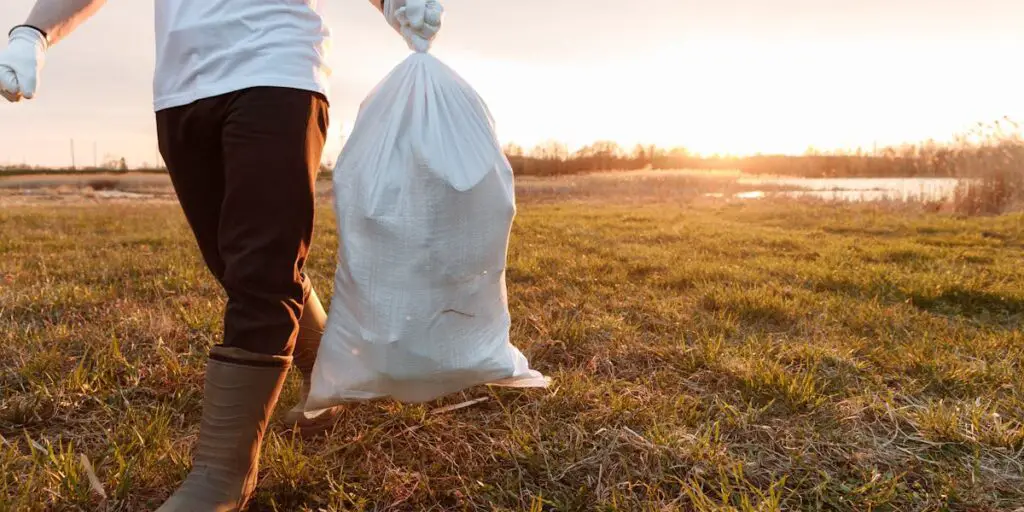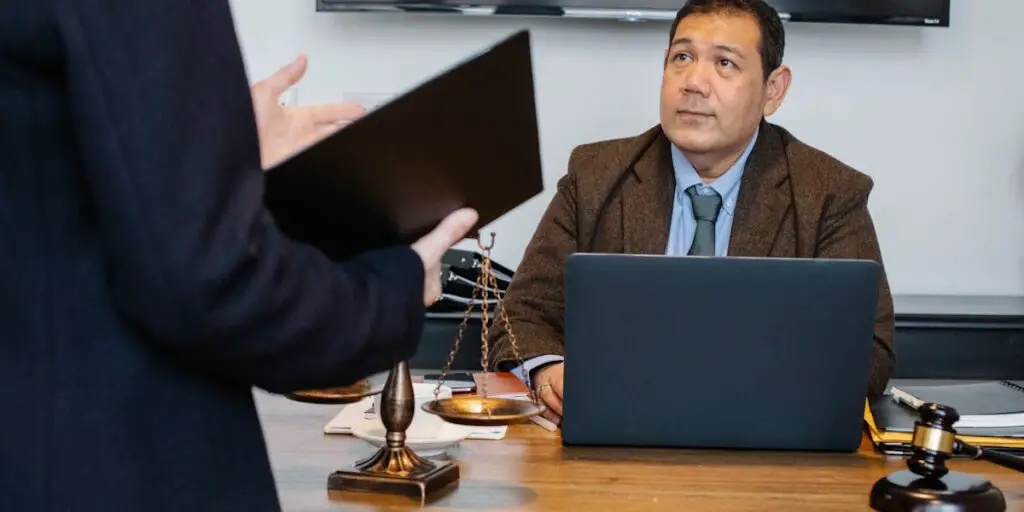Explain the Need for People’s Participation in Environmental Conservation with Suitable Case Studies
Introduction
Environmental conservation is vital for maintaining the balance of ecosystems and ensuring the sustainable use of natural resources. While government policies, international agreements, and technological advancements play a significant role, the active participation of people is crucial. Community involvement ensures local knowledge, accountability, and long-term commitment to conservation efforts. Here are eight case studies that highlight the importance and impact of people’s participation in environmental conservation.
—
Case Studies
1. Chipko Movement, India
The Chipko Movement, initiated in the 1970s in Uttarakhand, is a prime example of grassroots participation in environmental conservation. Villagers, particularly women, hugged trees to prevent their felling by contractors. This movement successfully halted deforestation and raised awareness about the importance of forests in maintaining ecological balance.
2. Joint Forest Management (JFM), India
JFM was introduced to involve local communities in forest conservation and management. Under this initiative, villagers and forest departments share responsibilities and benefits from forests. In West Bengal, the Arabari experiment revitalized degraded forests through community efforts, enhancing biodiversity and livelihoods.
3. Alaska’s Community-Based Fisheries Management, USA
In Alaska, local fishing communities collaborate with authorities to sustainably manage fish stocks. They regulate fishing practices, set quotas, and monitor fish populations. This initiative has ensured the conservation of marine ecosystems while supporting the economic needs of local communities.
4. Ralegan Siddhi, India
Under the leadership of Anna Hazare, the villagers of Ralegan Siddhi transformed their drought-prone village into a model of sustainable development. Through watershed management, reforestation, and the revival of traditional water-harvesting methods, they restored the ecological balance and improved agricultural productivity.
5. Community-Led Coral Reef Conservation in Apo Island, Philippines
The residents of Apo Island initiated a marine sanctuary to protect coral reefs and fish populations. By banning destructive fishing practices and implementing sustainable methods, they revived the reef ecosystem. Today, Apo Island is a global model for marine conservation, attracting ecotourism and benefiting locals economically.
6. The Bishnoi Community, India
The Bishnoi community of Rajasthan has a long tradition of protecting the environment. Known for their reverence for wildlife and trees, they actively oppose activities like hunting and deforestation. Their conservation ethos was highlighted when they sacrificed their lives in 1730 to protect Khejri trees, inspiring the Chipko Movement centuries later.
7. Save Silent Valley Movement, India
In Kerala, the Save Silent Valley Movement prevented the construction of a hydroelectric project that threatened biodiversity in the Silent Valley forest. Local communities, environmentalists, and scientists came together to protect this tropical rainforest, which is now a National Park.
8. Mangrove Conservation in Vietnam
In Vietnam, community participation in mangrove reforestation has significantly reduced the impact of coastal erosion and flooding. Local villagers plant and maintain mangrove trees, which protect against storms, enhance fish habitats, and support sustainable livelihoods like aquaculture.
—
Why People’s Participation Matters
- Local Knowledge: Communities understand their ecosystems better than outsiders, making their contributions invaluable.
- Ownership and Responsibility: When people are involved, they feel responsible for protecting their environment.
- Cost-Effectiveness: Community-based projects reduce the cost of implementation and monitoring.
- Social Equity: People’s participation ensures that conservation efforts benefit local populations, especially marginalized groups.
- Sustainability: Conservation efforts with community involvement are more sustainable as they integrate traditional practices with modern techniques.
—
Conclusion
People’s participation is indispensable for effective environmental conservation. The success stories of these case studies demonstrate how collective action can restore ecosystems, promote biodiversity, and improve livelihoods. Empowering communities with knowledge, resources, and decision-making authority is key to achieving global environmental goals.





